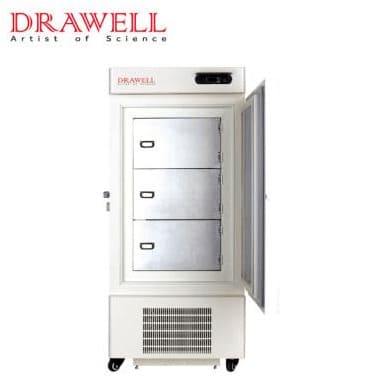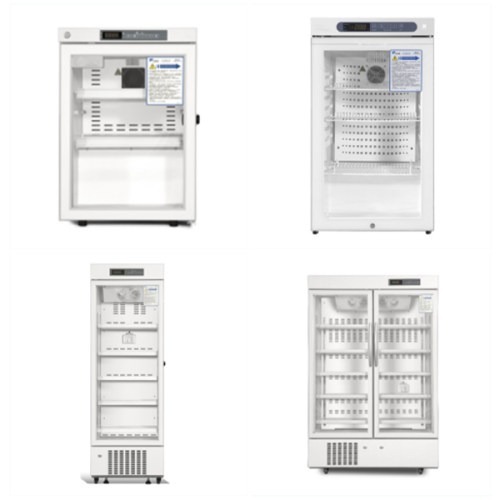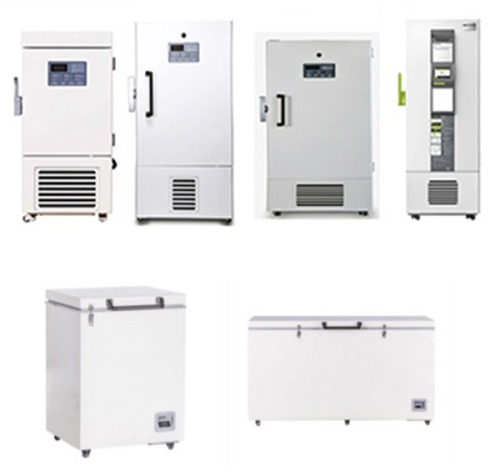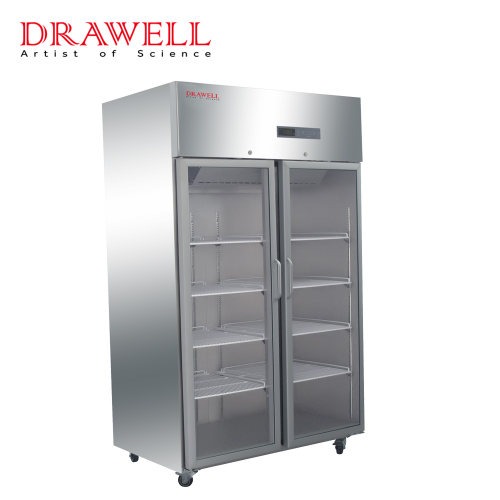Accurate temperature monitoring is essential for maintaining the integrity of lab samples and preserving their viability. Installing a temperature sensor inside a lab freezer allows for real-time monitoring and ensures optimal storage conditions. In this article, we will discuss the topic of how to install a temperature sensor inside a lab freezer, exploring the step-by-step process of installing a temperature sensor inside a laboratory freezer.

Step 1: Preparing for Installing A Temperature Sensor inside of A Lab Freezer
It is critical to acquire the appropriate equipment and take the necessary precautions before beginning the installation procedure to ensure a safe and successful installation.
Temperature Sensor: Select a temperature sensor that is appropriate for your lab freezer needs. Consider things like precision, range, and interoperability with your monitoring system.
Calibration Certificate: To ensure the temperature sensor’s accuracy, make sure it comes with a calibration certificate.
Tools: Gather your tools, which should include a screwdriver, wire cutters, electrical tape, and zip ties.
Safety Precautions: Wear proper personal protective equipment (PPE), such as gloves and safety goggles, and make sure the freezer is turned off before beginning the installation.

Step 2: Identifying the Ideal Location for Installing A Temperature Sensor inside of A Lab Freezer
Select the location for the temperature sensor inside the lab freezer with care. Consider the following elements.
Avoiding Obstructions: Choose a location that is free of any impediments, such as shelving, stored samples, or the freezer’s cooling unit. This will ensure that temperature readings are correct.
Optimal Placement: Place the sensor in an area of the freezer that indicates the average temperature. Areas near the entrance, vents, or defrosting elements should be avoided because they may cause temperature swings.
Accessibility: Assemble the sensor so that it is conveniently accessible for future maintenance or calibration.
Step 3: Mounting the Temperature Sensor inside of A Lab Freezer
Once you’ve determined the best place, install the temperature sensor inside the lab freezer.
Positioning: Place the sensor in the desired area, ensuring that it is securely fastened and will not be disturbed during normal freezer operations.
Wiring: Outside the freezer, carefully route the sensor’s wiring. Use existing wire apertures or create a tiny hole near the placement of the sensor. During this process, take care not to harm any internal components.
Securing the Wire: Secure the wire along the freezer walls or existing wire channels with zip ties or clamps. This will keep the wire from getting tangled with stored samples or interfering with freezer operations.
Connection: Connect the sensor’s wire to the appropriate port on your monitoring system, depending on the type of temperature sensor. Follow the manufacturer’s instructions for proper wiring and connections.

Step 4: Testing and Calibration for Installing A Temperature Sensor inside of A Lab Freezer
After installing the sensor, it is critical to test its functionality and, if necessary, calibrate it.
Power Restoration: Reconnect the lab freezer to power and check that it is working properly.
Monitoring System Setup: Configure your monitoring system to receive data from the new temperature sensor. Set the system to display real-time temperature readings and temperature thresholds for alarms or notifications.
Calibration: If your temperature sensor has to be calibrated, see the manufacturer’s instructions or a calibration professional. To get accurate temperature readings, follow the calibration procedure.
Testing: To evaluate the sensor’s accuracy, run a series of temperature tests within the lab freezer. Contrast the sensor results with a calibrated thermometer or a secondary temperature reference. Recalibrate the sensor if any inconsistencies are discovered.
Conclusion
Installing a temperature sensor inside a lab freezer is a crucial step in maintaining precise temperature control and ensuring sample integrity. By following this step-by-step guide, you can install a temperature sensor with confidence, enhancing the monitoring capabilities of your lab freezer. Remember to prioritize safety throughout the installation process and regularly maintain and calibrate the sensor to ensure accurate temperature readings. With a properly installed temperature sensor, you can have peace of mind knowing that your valuable lab samples are stored under optimal conditions.


